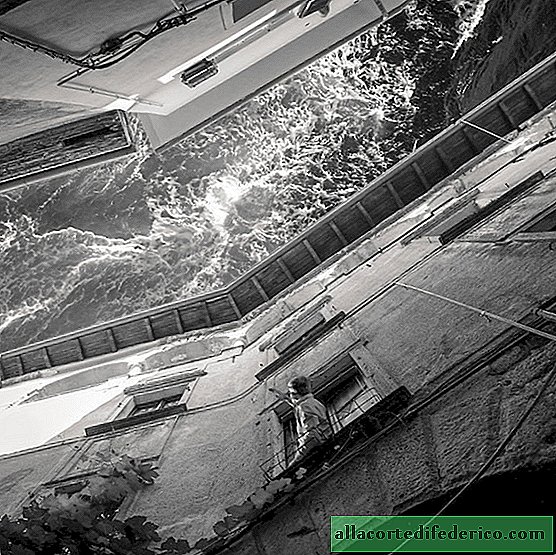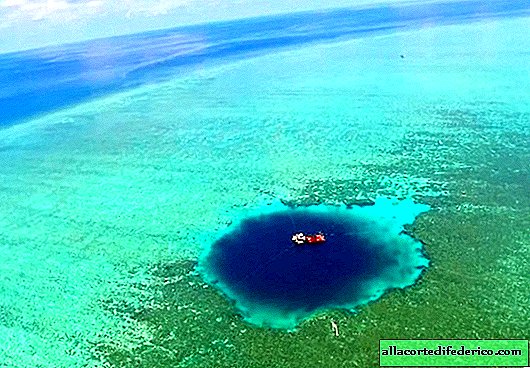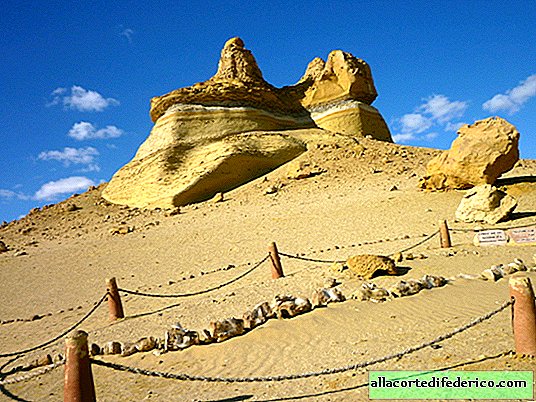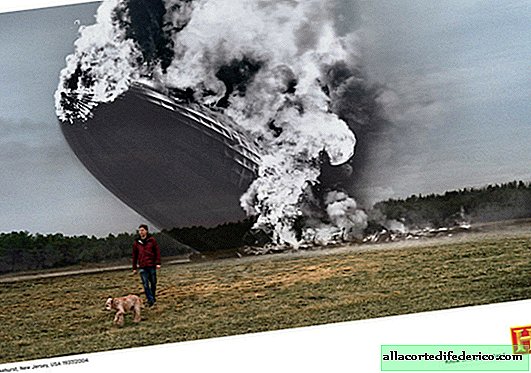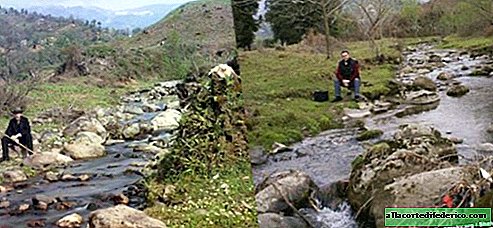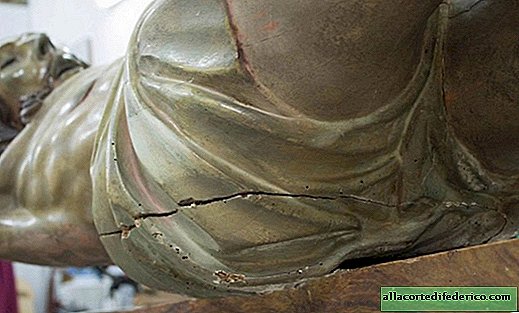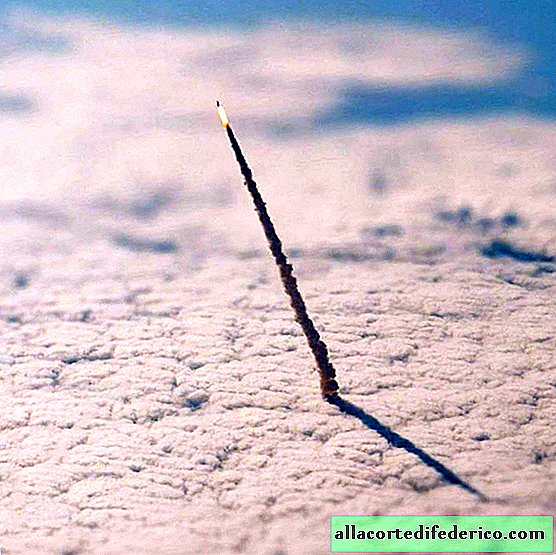Nike Cave: how the largest crystals in the world formed
This amazing Cave of Crystals is located in the middle of the Mexican desert, in Mount Nike. She is famous for the fact that giant crystals of selenite, one of the forms of gypsum, are located here. The cave is filled with hundreds of translucent crystals, up to 15 meters long, and their diameter sometimes exceeds 1 meter. According to this indicator, they have no analogues on the planet.
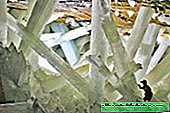
The world could not have seen unique minerals if, in 2000, two miners working at a mine located in the same mountain had not accidentally discovered the Nike Cave. The geologists who came here were simply delighted with what they saw and called this cave the "Sistine Chapel of Crystals." In order to start the study, the owners of the mine pumped out the water there and continue to do it regularly, saving the cave from flooding.

It is interesting that earlier in the same mountain other cavities with beautiful minerals were found: Cave of Swords, Queen's Eye, Cave of Sails and Glass Cave. But they all look much more modest than the Cave of Crystals, located at a depth of 300 meters. Let's see why it was here that selenite crystals of such impressive size were formed.

Usually in caves it is gloomy, cold and damp. But it’s hard to freeze in Nike’s cave, because the air temperature here is about plus 58ºС. In addition, there is an increased content of hydrogen sulfide, and air humidity is close to 100%. This creates additional difficulties for the cave researchers: without a special cooling suit and respirator, you can stay here for no more than 10 minutes.

Such a high temperature in this cave is due to the fact that under it there is a fracture of the earth's crust with the exit of magma. Prior to being discovered by miners, the Nike Cave was mostly flooded with groundwater. Hot magma kept the water temperature at a constant level, about 54 ° С. It is this factor, according to geologists, that played a decisive role. Water enriched with minerals from contact with magma turned into a solution of salts. This aqueous solution contained the necessary components for the formation of crystals.

Another important factor was the complete isolation of the cave from the outside world. For millennia, a stable temperature and humidity were maintained here, without any fluctuations. The chemical composition of water and air also remained unchanged, which led to the non-stop growth of such impressive crystals, the sizes of which are limited only by the walls of the cave.

As soon as the water from the cave was pumped out, selenite crystals were in the air, and the slow process of their destruction began. Therefore, experts are worried about the future of unique crystals and expect to stop pumping after the research of this giant mineralogical museum is completed.



